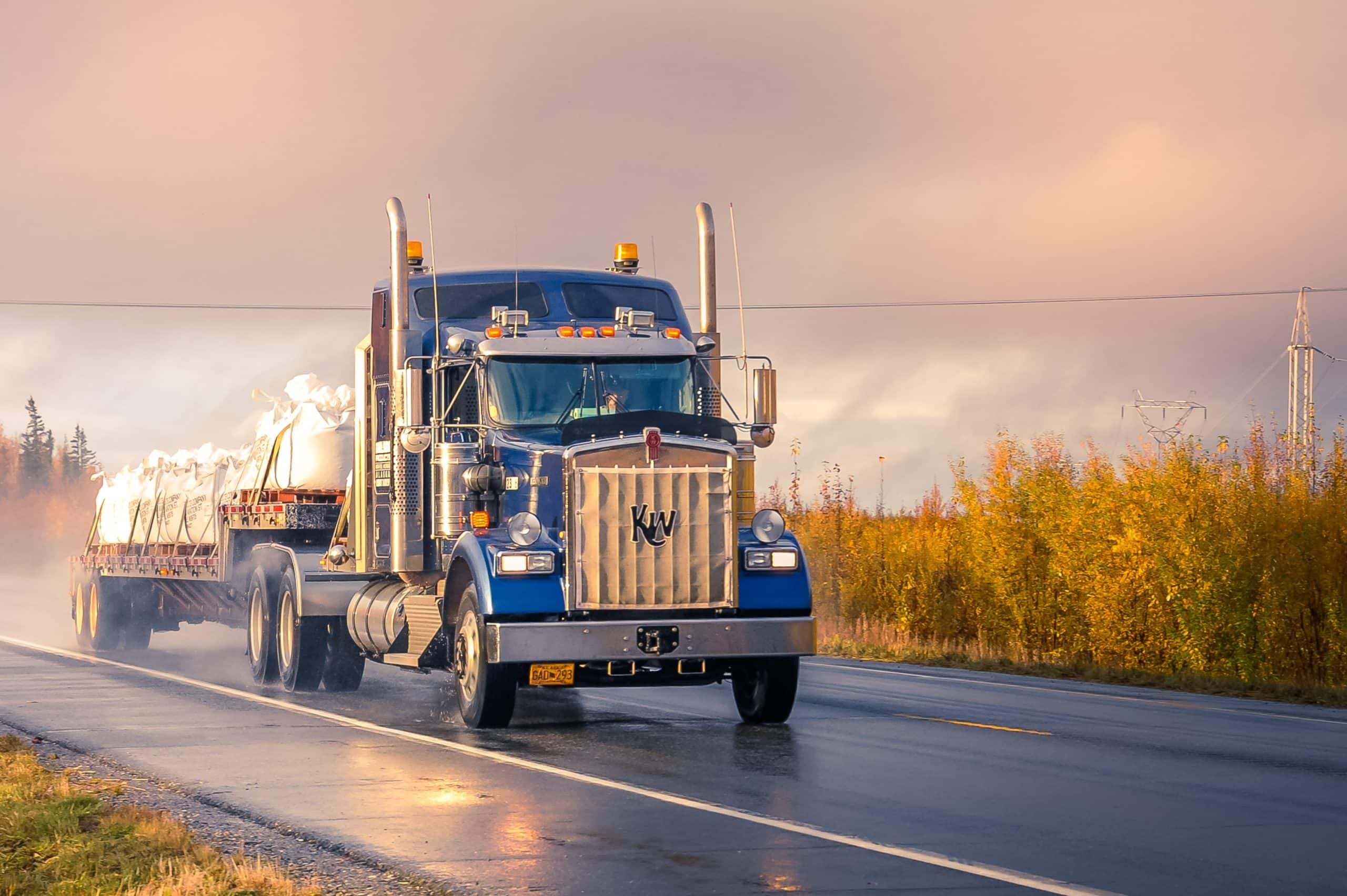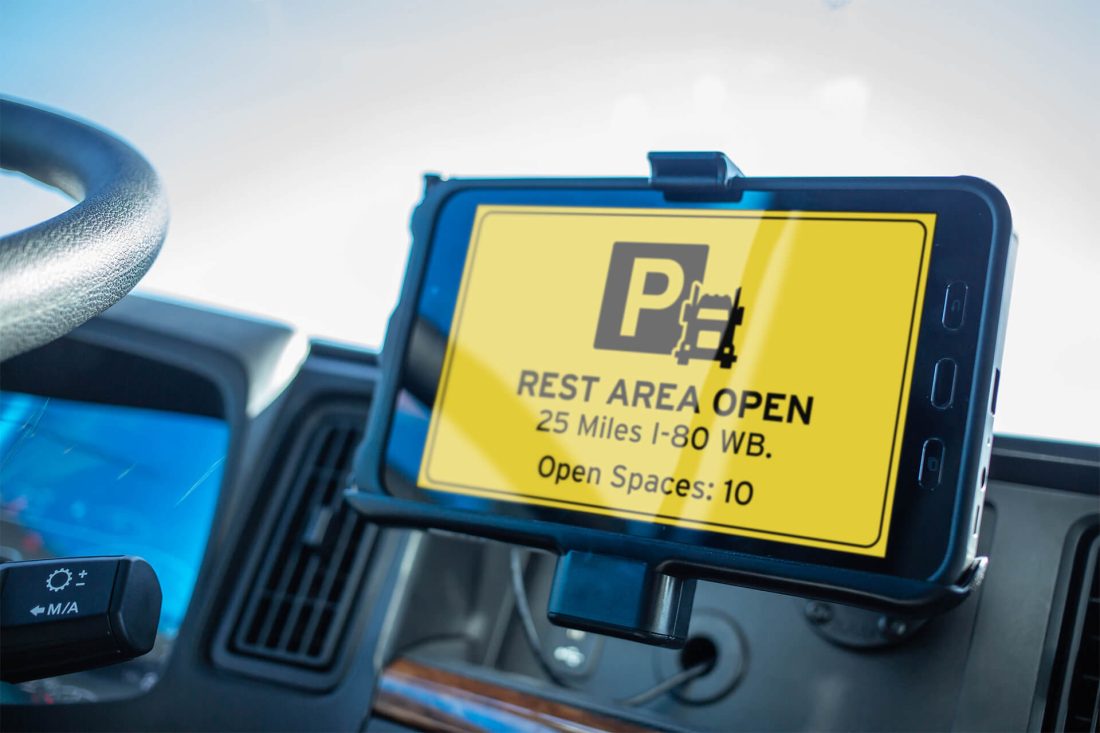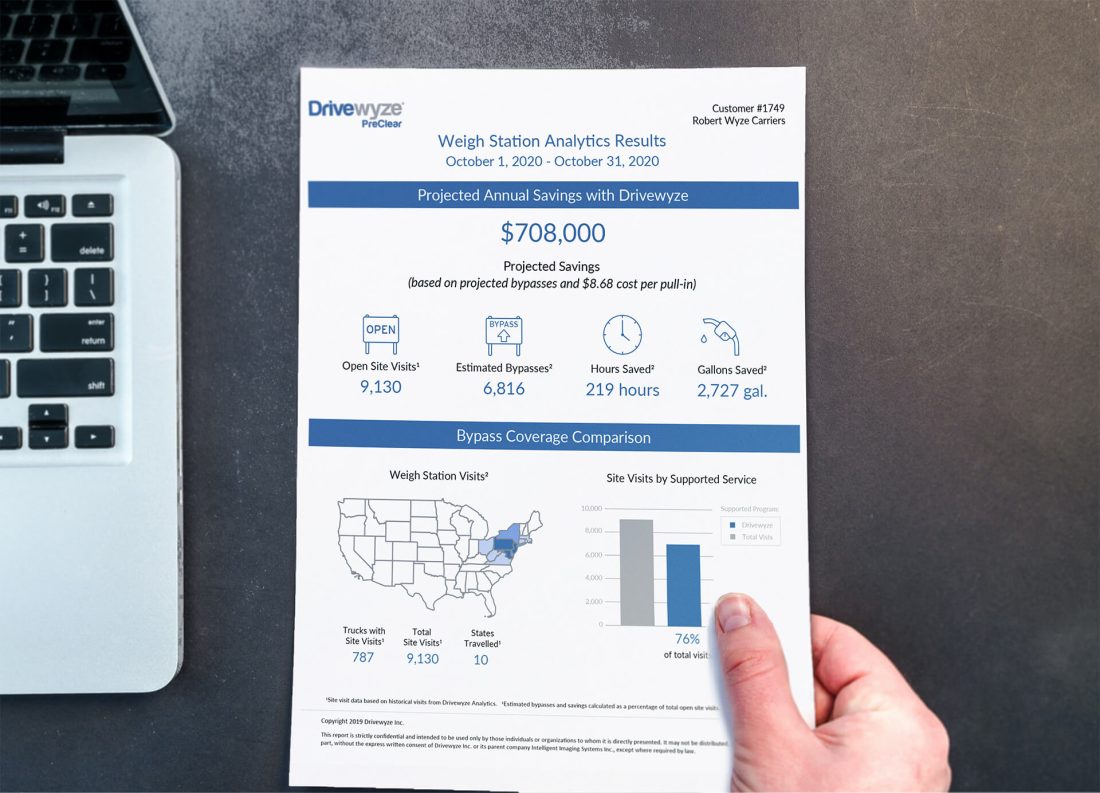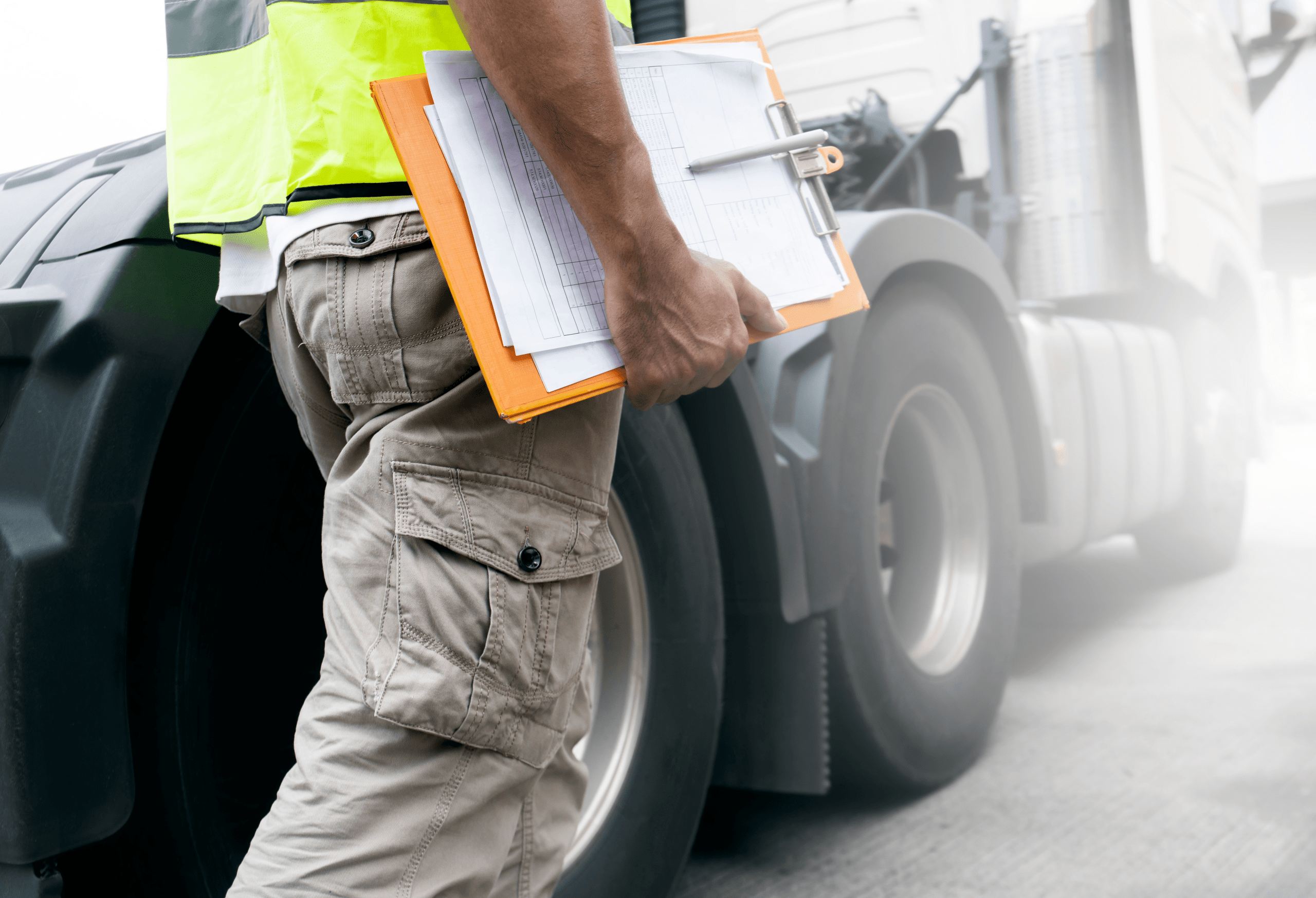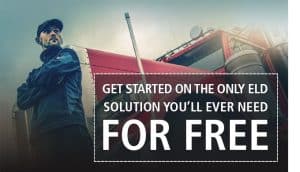With all of the well-researched benefits of having a telematics solution for your fleet, the question is no longer whether or not you should have one, but rather which platform solutions will work best for your business needs.
Chances are, if you can start your car’s engine remotely or use your car’s OnStar system, you’re already familiar with how original equipment manufacturers (OEMs) work. Most major automotive OEMs currently produce vehicles that already have built-in telematics hardware, which integrate seamlessly with software designed specifically for fleet management. In fact, since 2016, vehicles manufactured with telematics hardware have become the norm.
Why OEMs add value to your fleet — and your business
By now, you have at least a passing familiarity with Geotab — an open platform that connects commercial vehicles to the internet and provides web-based analytics to help companies better manage their fleets. Geotab automates operations by integrating vehicle data for enhanced security, safety and efficiency.
The Geotab OEM Data Platform aggregates third-party telematics data from OEM vehicles and makes it available on MyGeotab. Currently, Geotab offers Ford and GM Pilot Programs, which allow clients to test various OEM vehicle solutions.
This solution has a specific value-add to fleets that already have vehicles with embedded telematics devices. Essentially, you can use the OEM data platform to access the additional data you need without having to replace the fleet you currently have. There’s no hardware or installation cost, and no delays related to shipment or installation — your vehicles can get on the road and you can have peace of mind.
By building telematics hardware into their vehicles, automotive manufacturers can now offer unique business solutions that integrate seamlessly into the existing work processes of any fleet. Having “smart” vehicles with hardware that’s telematics-ready means you can use fleet management telematics immediately, without custom installation or laborious uplift. Hardware that’s factory-installed means fleet managers can instantly subscribe to their telematics service of choice and collect data from their fleet vehicles.
GoFleet’s Geotab OEM offerings
New OEM integrations mean you get software solutions that are both geared towards fleet management and a source of deeper, richer analytics, data and insights. However, it’s difficult to have a one-size-fits-all fleet solution; not all vehicles perform the same tasks, and if only a portion of your vehicles have OEMs, you’ll have a set of diverse needs that need to be augmented when needed.
GoFleet’s Geotab integration blends seamlessly with OEM data platforms, with comprehensive telematics solutions that are feature-rich and scalable. Whether you’re looking for OEMs or aftermarket telematics solutions, our extensive integration enables your fleet to acquire incoming information, including diagnostics and repair sessions (which can be done remotely), automated job site coordination, and machine guidance.
At the end of the day, knowing your business needs in both present and future states will enable you to make the best decision for your organization. GoFleet has flexible telematics solutions that can adapt to different types of fleets and services. Our Geotab Integrated Solutions are used with all types of vehicles, including GM, Volvo, John Deere, Mack and Ford; no installation or additional hardware required.
OEMs ensure that quality, reliable service is available to your organization, so that you can focus on what matters most — managing safe, productive and efficient fleet operations.
Let us show you how to connect your operations with one integrated platform — contact the GoFleet team for full program details.
